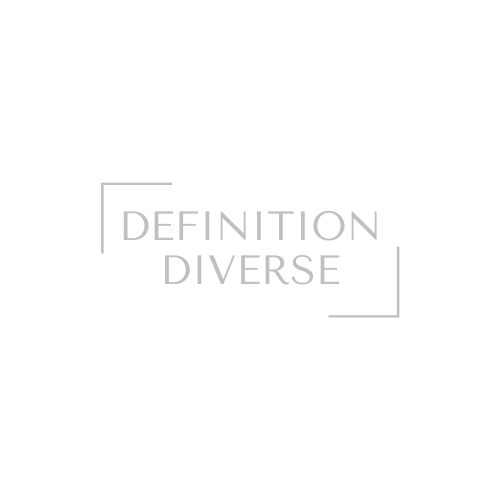GOAL SETTING
Goal setting gives us a roadmap, triggers within us new behaviours, directs our focus & sustains our momentum, as well as promotes a sense of self-mastery. Studies also show relationships between goal setting and subjective wellbeing.
So, how do we start?
- Define your goal: reflect on your personal values & write down what it is that you want & what you consider important & meaningful.
- Picture it as happening already: imagine your valued goal in as much detail as possible using all of your senses. Make your goals clear and actionable.
- Ensure your goal is challenging but realistic: test it out, take action to move toward your goal, you have a chance of success if you try – and if you fail, it’s an opportunity to become
- What part do you play? Think of all the ways you can achieve your goal: create a mindmap for example, get creative and brainstorm all your options.
- Who can support you? Even as adults, we need to ask for support. So engage, be resourceful, who can support you on your path, and what other resources can you draw on?
- Mentally prepare yourself : take time to figure out your challenges, any barriers both internal & external, as well as your strengths & abilities. Use positive self-talk and engage in resilience strategies to assist your progress.
- Make a plan: document your plan, as well as your obstacles: create a step-by-step progression that can lead you. Ensure your plan is personal and authentic to you. Stay committed and be accountable.
- Track your progress: you can use an app, schedule, or develop a planner, & set dates and time frames to keep building regular habits that move you forward.
Action planning
- Whitmore’s Grow Model: is one of the most used coaching frameworks & the acronym “GROW” refers to Goal (aspirations), Reality (current obstacles or situations), Options (strengths, resources), Way forward (accountability and personal actions – the what, when, by whom, and the will to do it). The model helps to set an agenda, and the open-ended questions within the learning context allows individuals to be open to the possibilities that might be revealed within a collaborative process.
- This model takes goal setting to a higher level to both inspire and challenge. When reaching for a broader goal perspective with this approach, individuals are more productive, self-motivated, and fulfilled. Within a coaching session for example, most of the session explores the goal and reality phases, to allow a deeper vision to emerge, so individuals can move forward with more ease. This model does not have to follow a linear structure, as revisiting phases may enable great commitment to goal-orientated actions.
- The coach scaffolds the individual to explore and decide what action steps, if any, they’d like to take moving forward. It can be adapted to fit into any setting where decisions need to be made or obstacles overcome, for example, career goals, health goals, social goals to name a few.
